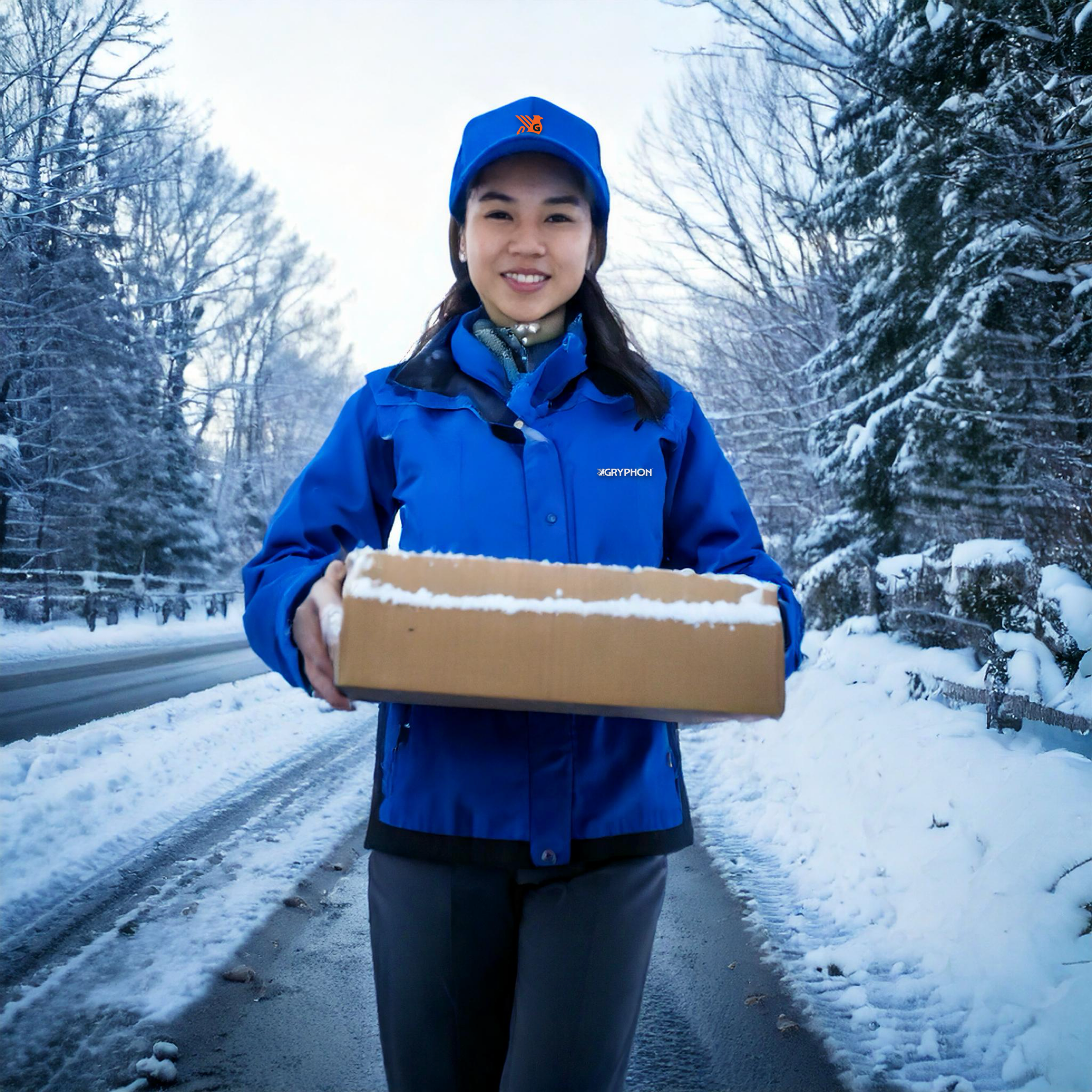Winter Weather Safety for Amazon DSPs
How to TAKE CONTROL of Risk During Snow and Ice Events
Winter weather or any other harsh weather condition brings significant challenges for Amazon DSPs, with snow and ice increasing the risk of accidents, delays, and costly claims. Taking proactive steps to manage these risks is crucial to keeping drivers safe, maintaining operational efficiency, and controlling insurance costs.
Key Topics to Cover:
1. Driver Preparation: Staying Safe Before Hitting the Road
Ensure your drivers conduct a thorough pre-trip inspections, focusing on tires, brakes, and wipers. Make sure they don’t rush through this with the FLEX app. It is important to check everything before you go out, with or without inclement weather.
Equip vehicles with winter essentials: snow brushes, ice scrapers, and emergency kits. Make sure every vehicle has a shovel and a bag of sand to help your drivers get out in case they get stuck. Avoid the tow truck fee!
Train drivers on winter driving techniques such as braking early and maintaining safe distances. Make sure every driver in your team is comfortable driving in winter conditions. If they aren’t, have them be a “helper” or put them to work behind the desk. Assign the route to a back-up who is comfortable driving in winter conditions.
2. Route Planning and Adjustments
Monitor weather forecasts and road conditions in real time. If any of your drivers feels unsafe on the road, bring them back. Take the hit on the RTS packages vs. a hit on your vehicle insurance or your MOD rating.
Optimize routes to avoid high-risk areas like steep hills or poorly maintained roads. Even though Amazon maps out the routes when inclement weather arises by allowing drivers more time and less packages, make sure all your drivers know to avoid driveways (#1 reason for getting stuck and needing a tow), avoid secondary and tertiary streets that have not been fully plowed. Remind your drivers they can call the driver support line and report that the package is unable to be delivered due to no access. Don’t take risks! And, report delays to your station OTR management team. Have your team take pictures of the road conditions and send them to your Dispatcher. Then the Dispatcher can share with the OTR team and you can collaborate on the safest solution, which is always the safety of your team.
Build in extra time for deliveries to account for slower driving speeds. Don’t just assume Amazon will do the right thing. Train your dispatchers to challenge the algorithm and ensure all your drivers are safe. Winter weather varies by zip codes due to elevations, terrain, etc. So, even though some of your drivers might not experience severe weather, some might. Monitor this and allow extra time if needed.
3. Incident Response: What to Do When Accidents Happen
Ensure drivers know the steps to take in the event of an accident or vehicle breakdown. Have an incident report protocol so that everyone knows what to do and how to report it.
Utilize 24/7 Tele Triage services for immediate support and reporting. If someone is injured with slip, trip of fall, make sure they get treatment ASAP and try to avoid Workers’ Comp claim if the injury doesn’t require it.
Implement a clear communication protocol for notifying management. This is important for any OSHA reportable events and also to keep track of what is causing incidents in your team. Be in the know! And the only way to do it is with clear and consistent data. Train your dispatchers and drivers to report incidents thoroughly.
4. Reducing Financial Impact: How Risk Management Saves Money
Investing in proactive safety measures can prevent costly claims and insurance hikes. Train your driver and re-train everyone before the winter seasons starts. Don’t assume everyone knows how to drive in winter conditions.
Consider loss-sensitive and self-insurance strategies to manage costs effectively. Work with your agent to explore more options that meet your risk thresholds and your profitability criteria.
Track and analyze incidents to identify trends and implement long-term improvements. Data is important, so (per above) make sure you have a consistent incident tracking process so you can identify trends and address them.
Conclusion:
By taking control of winter-related risks, DSPs can protect their employees, vehicles, and bottom line. With the right strategies and resources, you can ensure a safer and more efficient operation—even in the harshest conditions.
Remember, take control of your risk and be the guardian of your business longevity!


